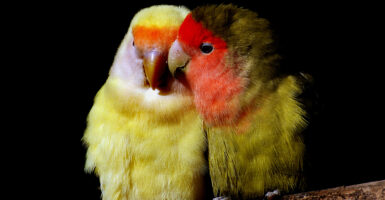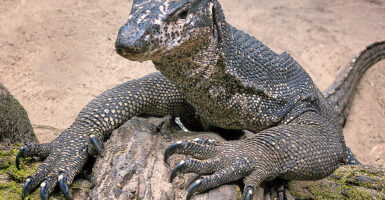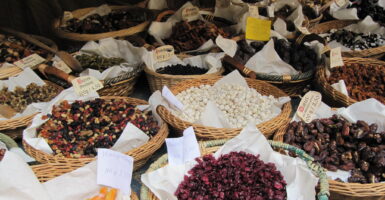These Rare Animal Mutations Are Stranger Than Fiction
Nature has a way of surprising us with genetic variations that seem too bizarre to be real. These rare mutations show just how unpredictable and fascinating animal genetics can be.
Take a look at some of the most extraordinary natural mutations that prove truth is stranger than fiction.
Double-Muscled Cows
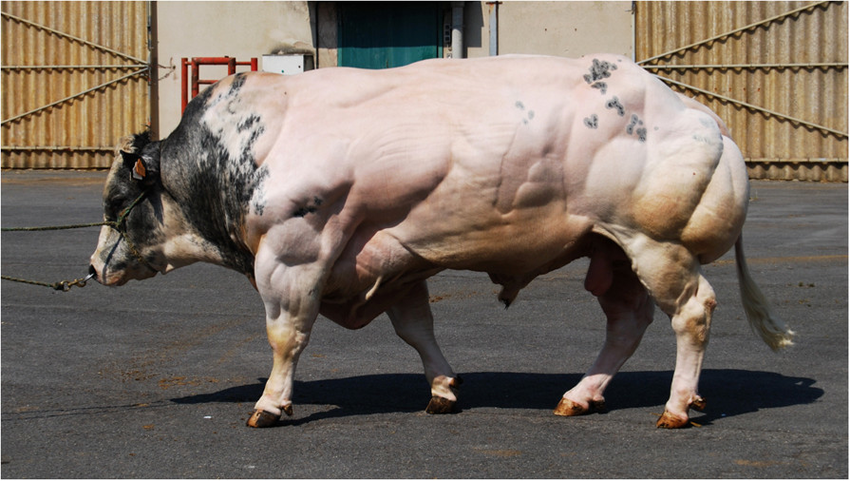
Belgian Blue cattle carry a mutation that blocks muscle growth limits. These cows develop twice the muscle mass of regular cattle, looking more like bodybuilders than farm animals.
Their muscles grow so large that some calves need help being born.
Black Panthers
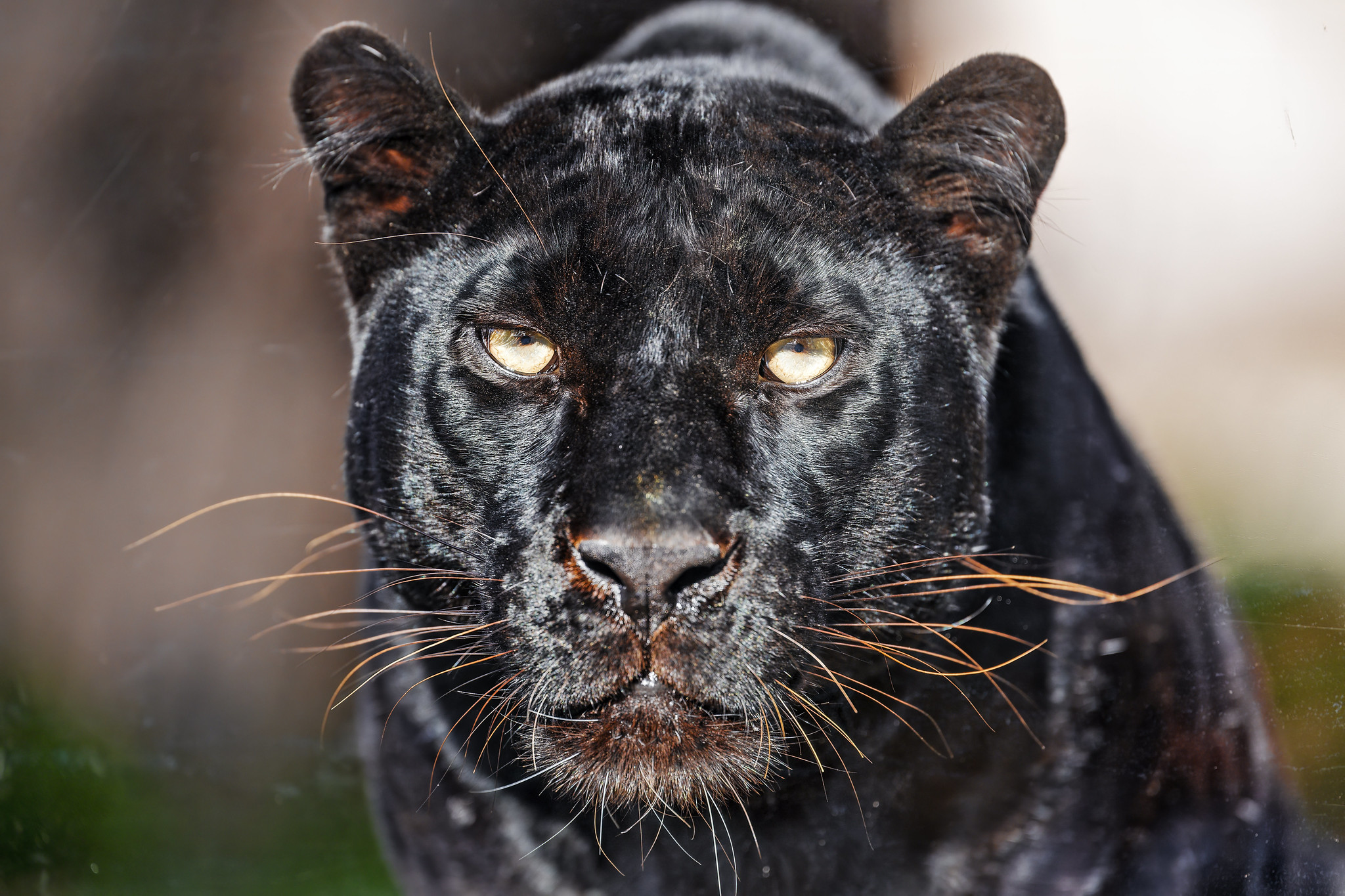
These are not a separate species – they’re leopards or jaguars with melanism, a mutation causing excess black pigment. Their spots are still visible under direct sunlight, creating a ghost-like pattern on their dark fur.
This mutation gives them better camouflage in dense forests.
Like Go2Tutors’s content? Follow us on MSN.
Spider Goats
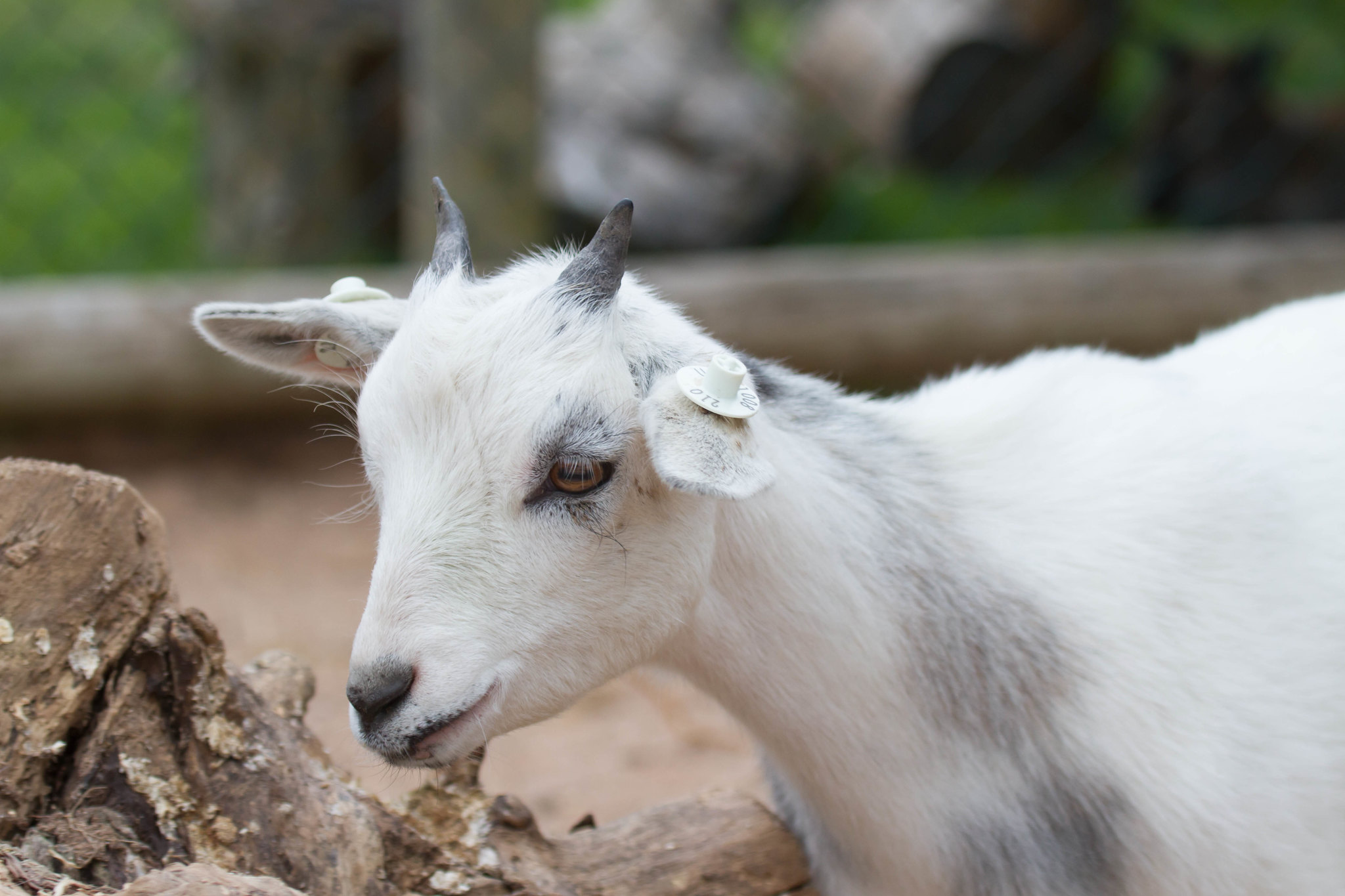
Scientists discovered goats producing spider silk proteins in their milk. This natural mutation allows them to create one of the strongest natural fibers known to exist.
Their milk can be used to make super-strong materials that are lighter than steel.
Strawberry Leopards
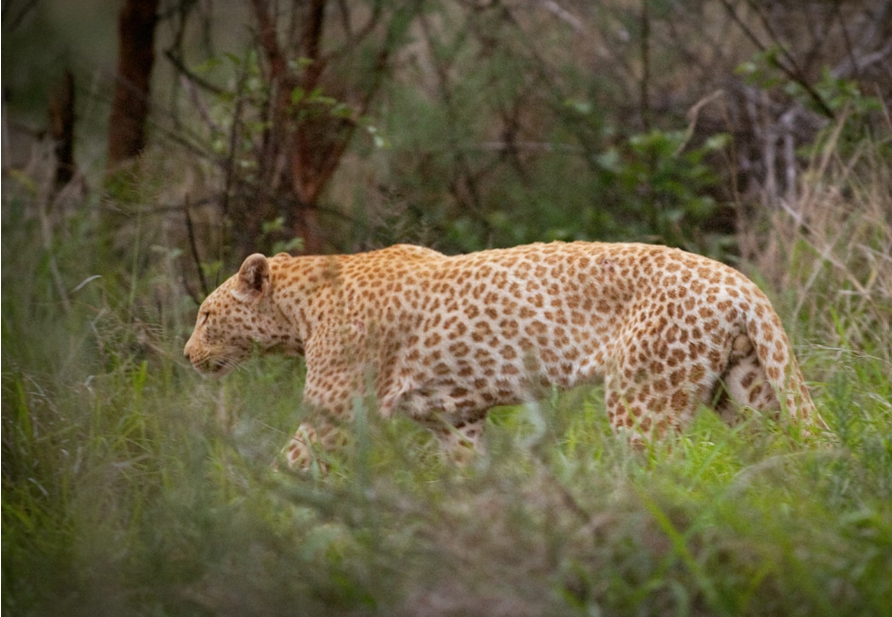
Found in South Africa, these leopards have a mutation, causing their spots to appear pink instead of black. Their unique coloring comes from a change in pigment production.
Only a handful have ever been spotted in the wild.
Glass Frogs
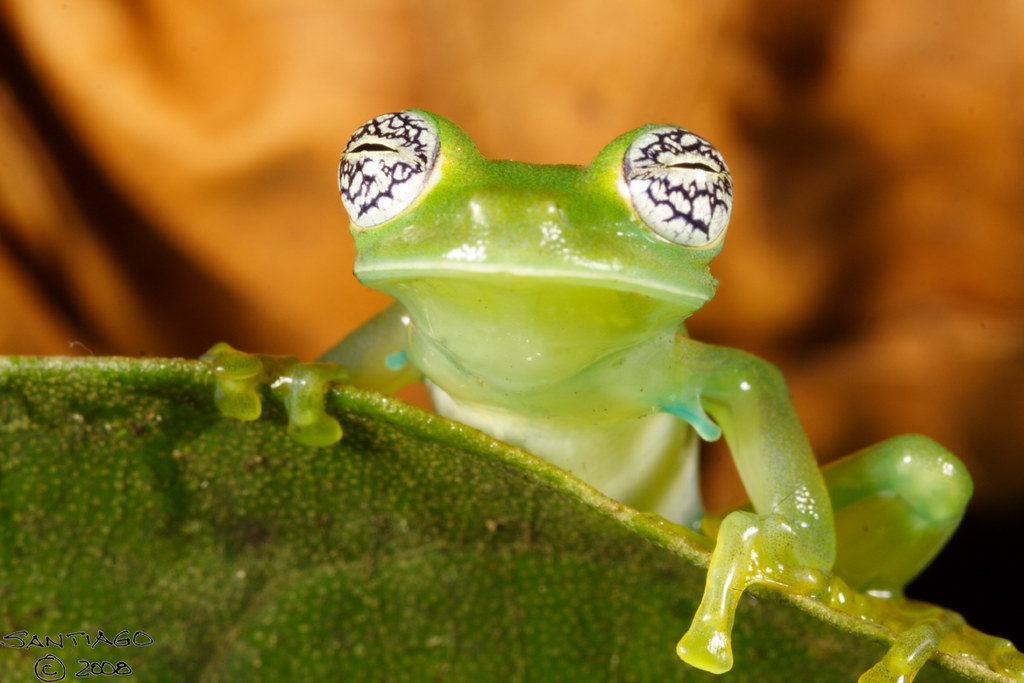
A genetic mutation makes their skin completely transparent, showing internal organs through their belly. You can watch their heart beating and food digestion in real time.
These frogs use their transparency as camouflage against predators.
Like Go2Tutors’s content? Follow us on MSN.
White Tigers
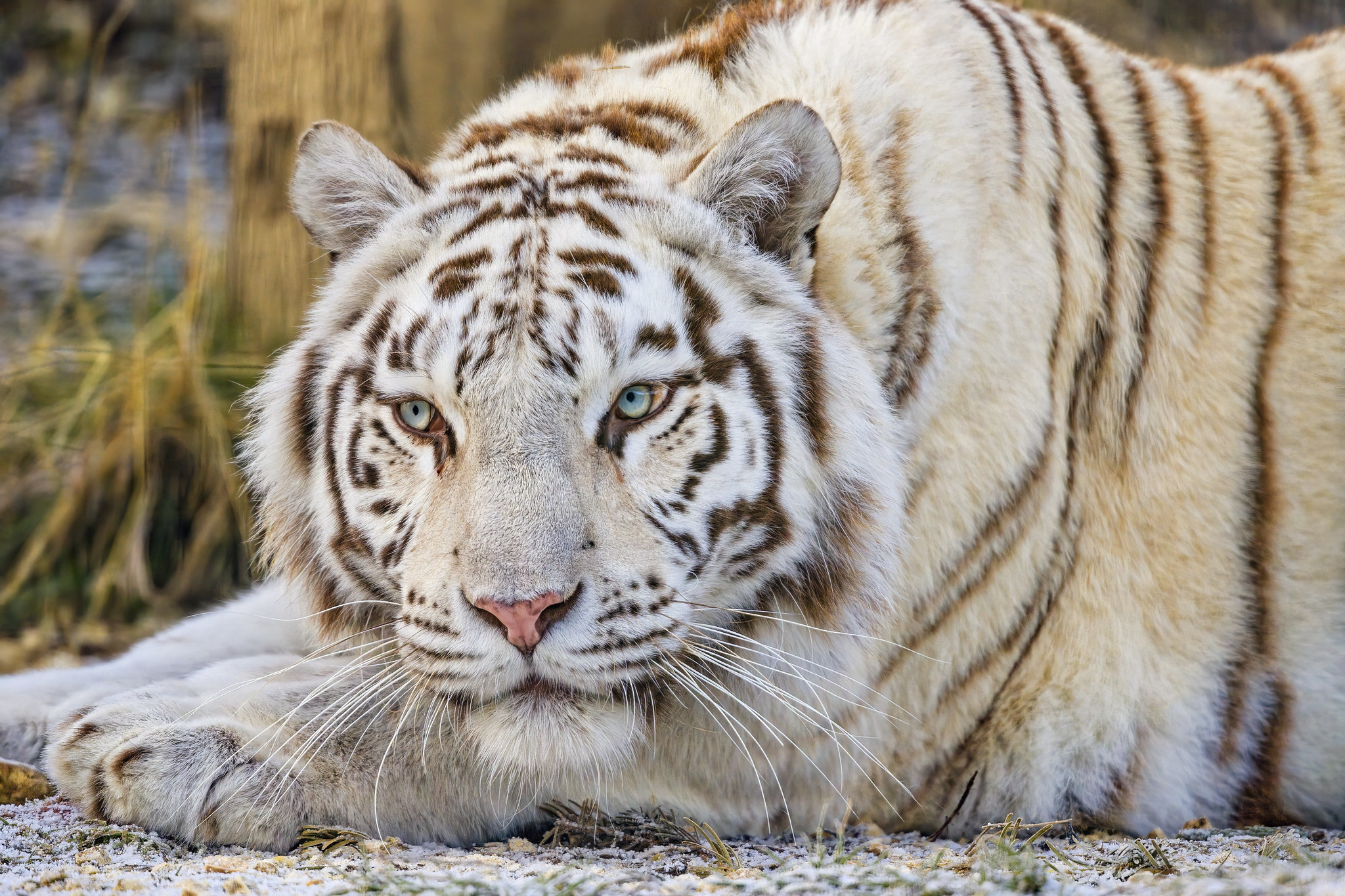
These tigers are not albinos but carry a rare mutation affecting color production. The same mutation that makes their fur white often causes crossed eyes and other health issues.
Every white tiger alive today traces back to a single mutated gene.
Blue Lobsters
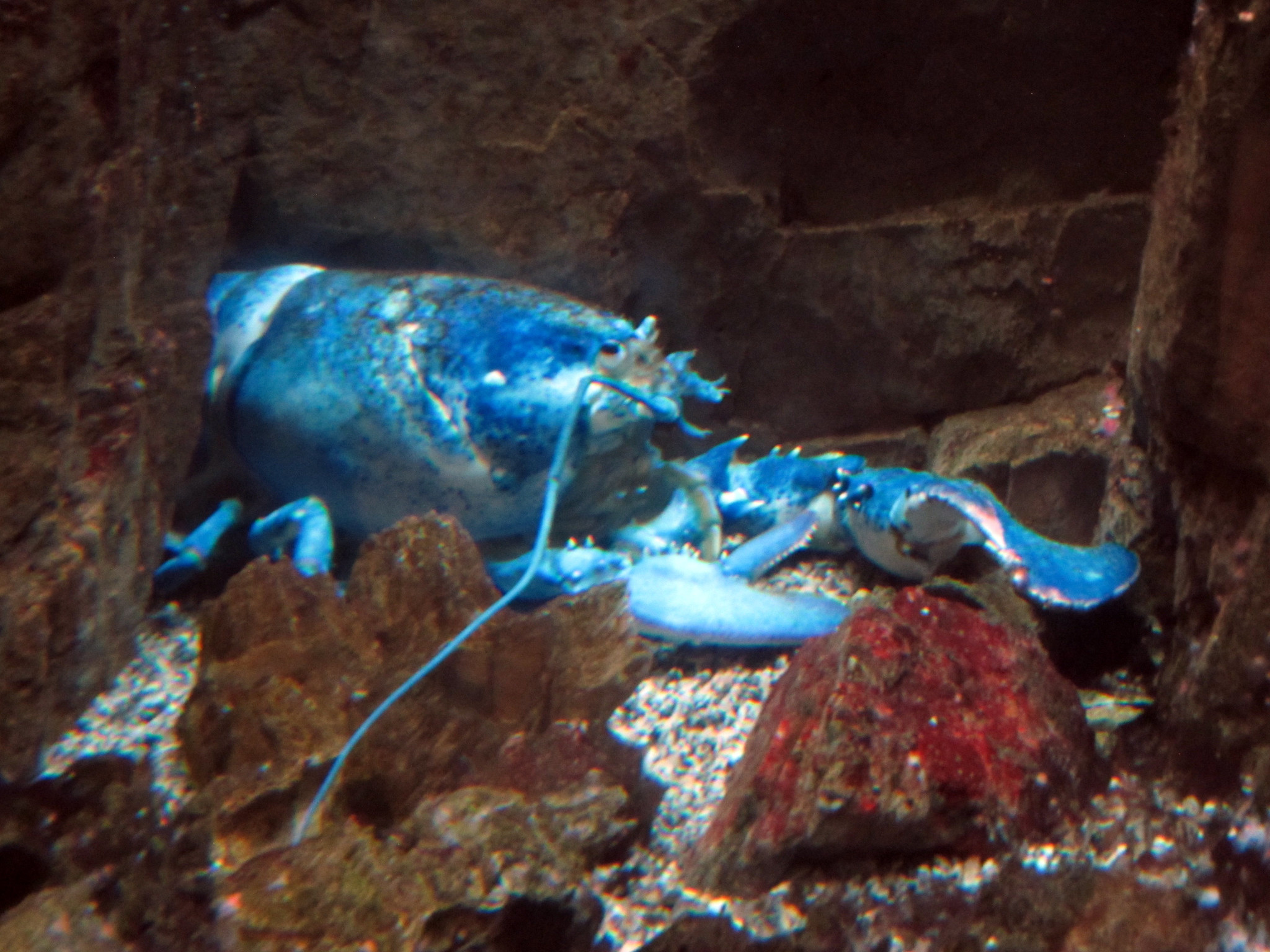
A genetic quirk makes one in every two million lobsters bright blue instead of reddish-brown. The mutation affects protein production in their shells.
These lobsters keep their striking color even after cooking.
Cyclops Sharks
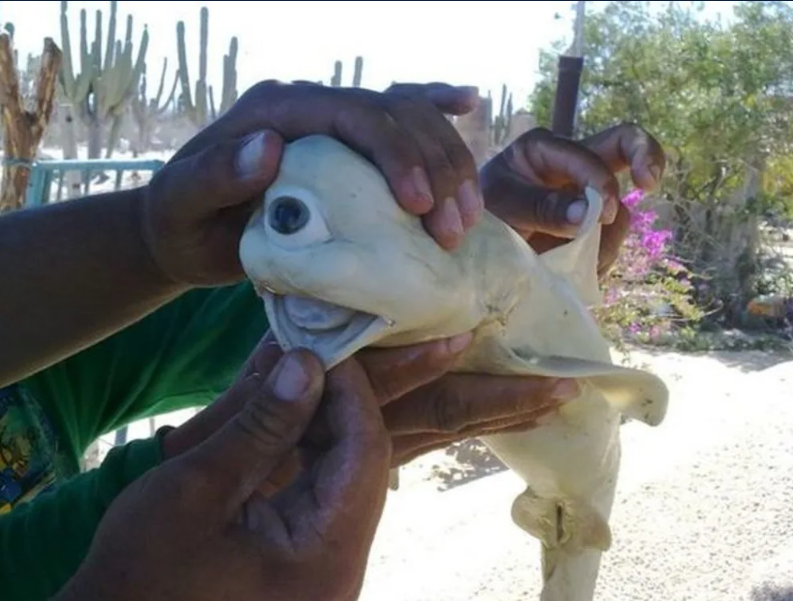
Some shark embryos develop with a single eye in the middle of their face due to a rare mutation. Most do not survive birth, but scientists have documented several cases.
The condition affects brain development and facial structure.
Like Go2Tutors’s content? Follow us on MSN.
Golden Zebras
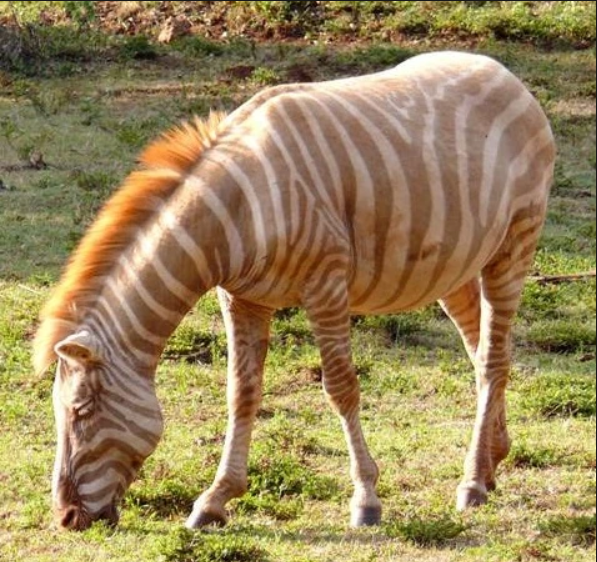
Called “golden zebras,” these animals have light brown stripes instead of black ones. The mutation affects melanin production in their skin and hair.
Only a few have ever been documented in the wild.
Two-Faced Cats
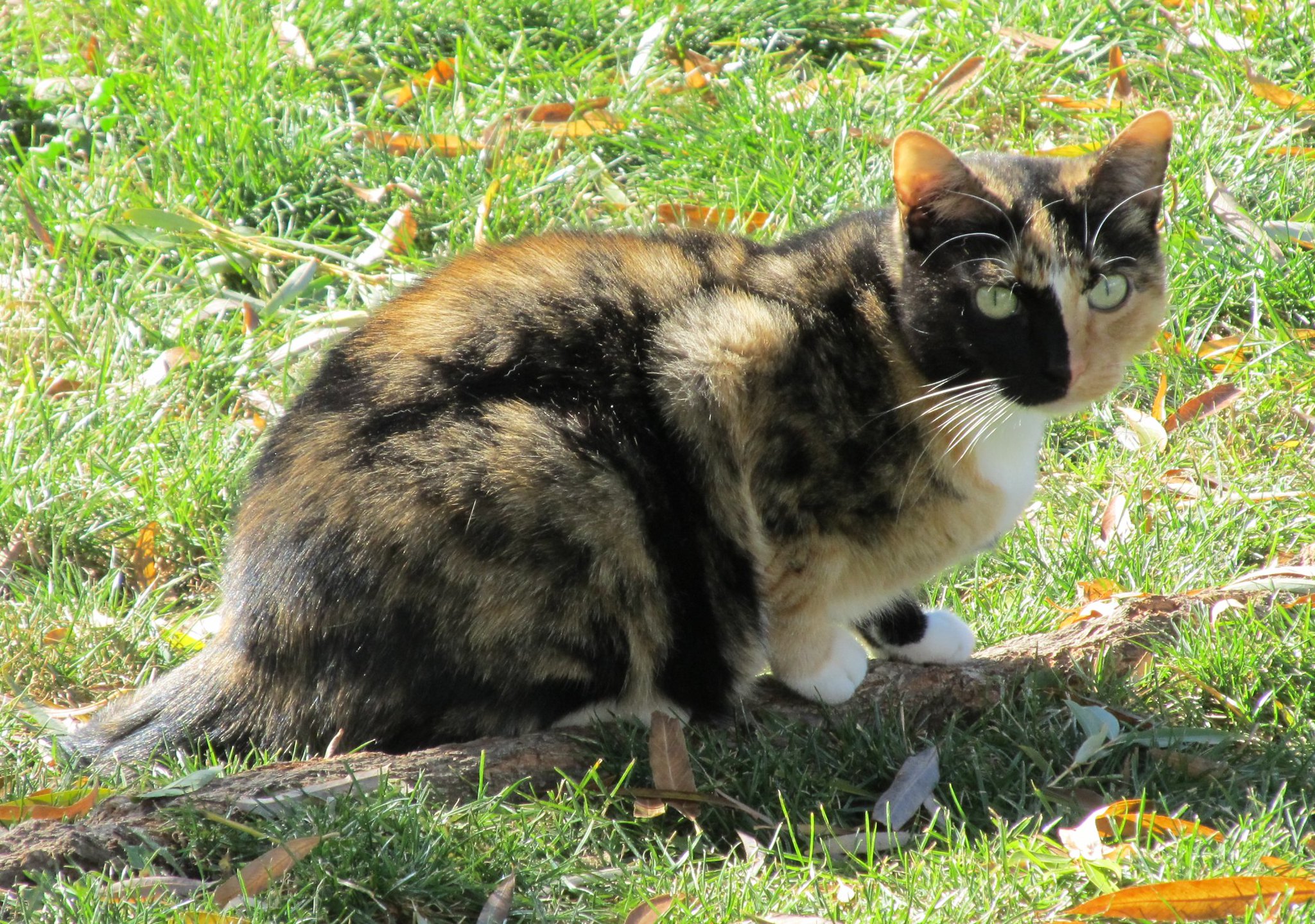
Known as Janus cats, these felines are born with two faces on one head due to a rare splitting mutation. Some have lived for years, defying medical expectations.
Each face can eat and meow independently.
Giant Rabbits
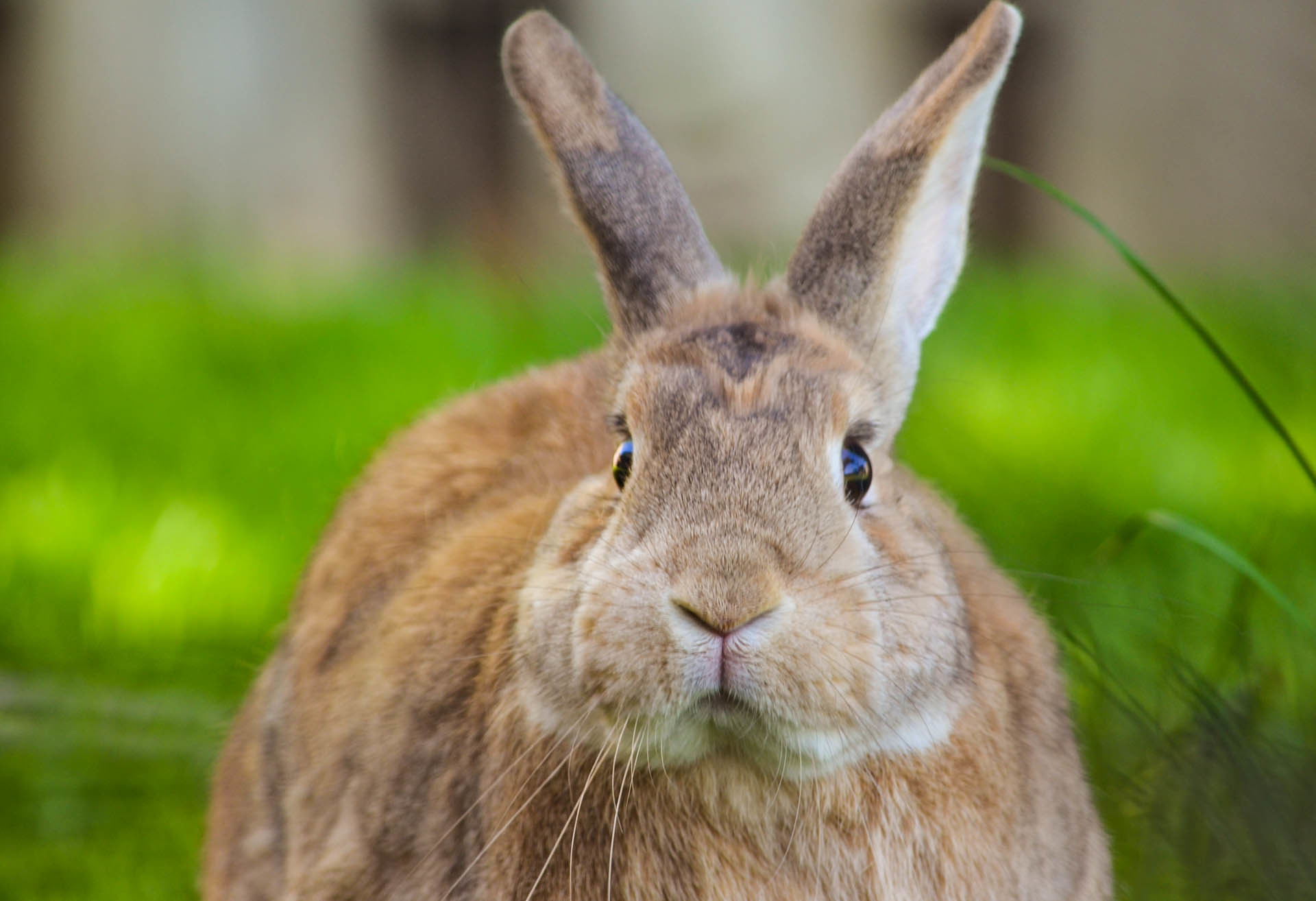
A mutation affecting growth hormones creates rabbits the size of small dogs. These continental giants can weigh up to 40 pounds.
Their size comes from a natural genetic variation that keeps them growing longer than normal rabbits.
Like Go2Tutors’s content? Follow us on MSN.
Black Chickens
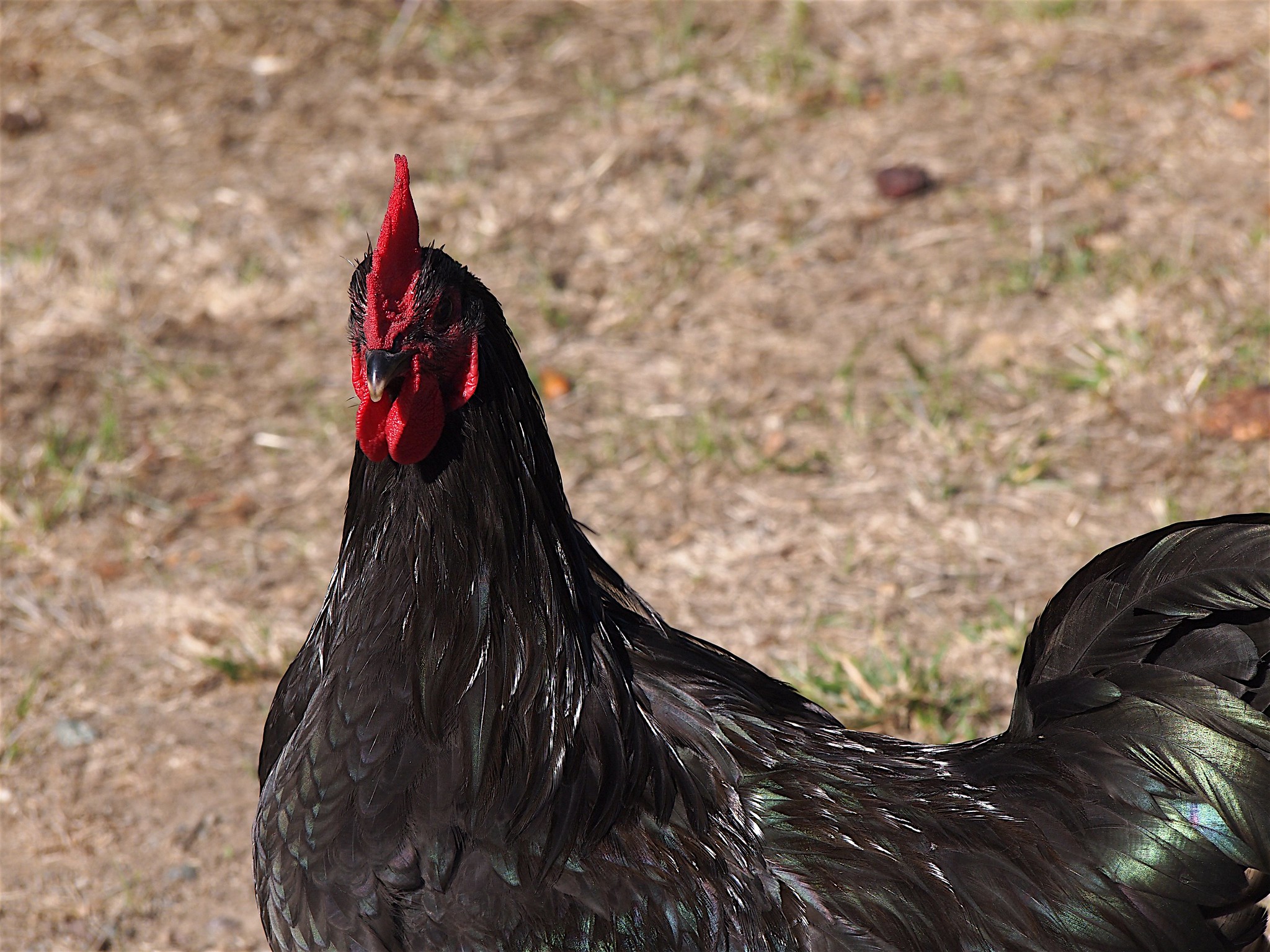
Ayam Cemani chickens have a mutation, causing all their tissues to be black. From feathers to organs, even their bones are dark-colored.
This complete blackness comes from excess pigment production in all body cells.
Narwhal Deer
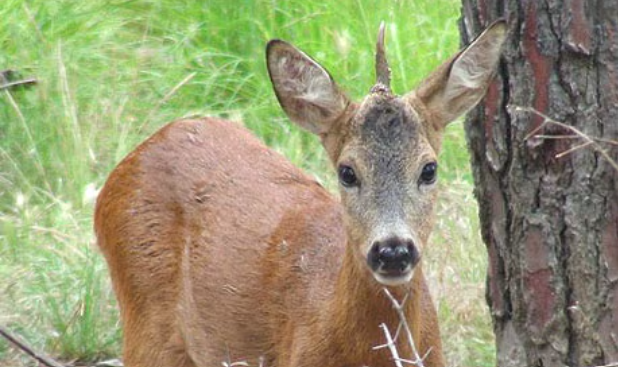
Some deer develop a single antler growing straight from the center of their head. This mutation mimics the appearance of mythical unicorns.
The condition affects antler growth patterns during development.
Mirror Carp
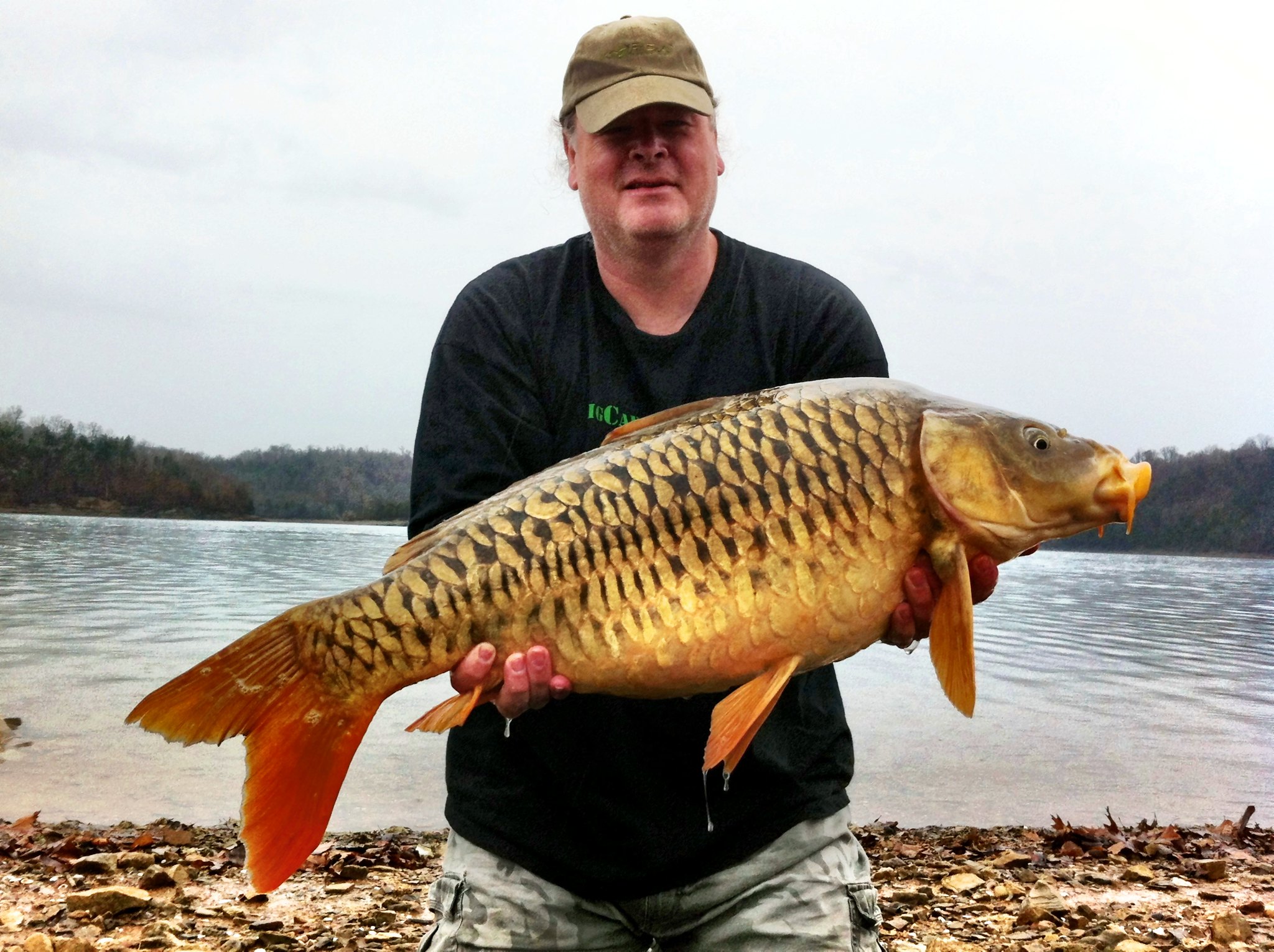
These fish have a mutation causing scales to reflect light like mirrors. Their shiny appearance makes them look metallic underwater.
The mutation started in fish farms but has spread to wild populations.
Like Go2Tutors’s content? Follow us on MSN.
Split-Colored Lobsters

Some lobsters develop with perfect color, splitting down the middle. One side might be orange while the other stays blue.
This rare mutation happens in about one in 50 million lobsters.
Squirrel Dogs
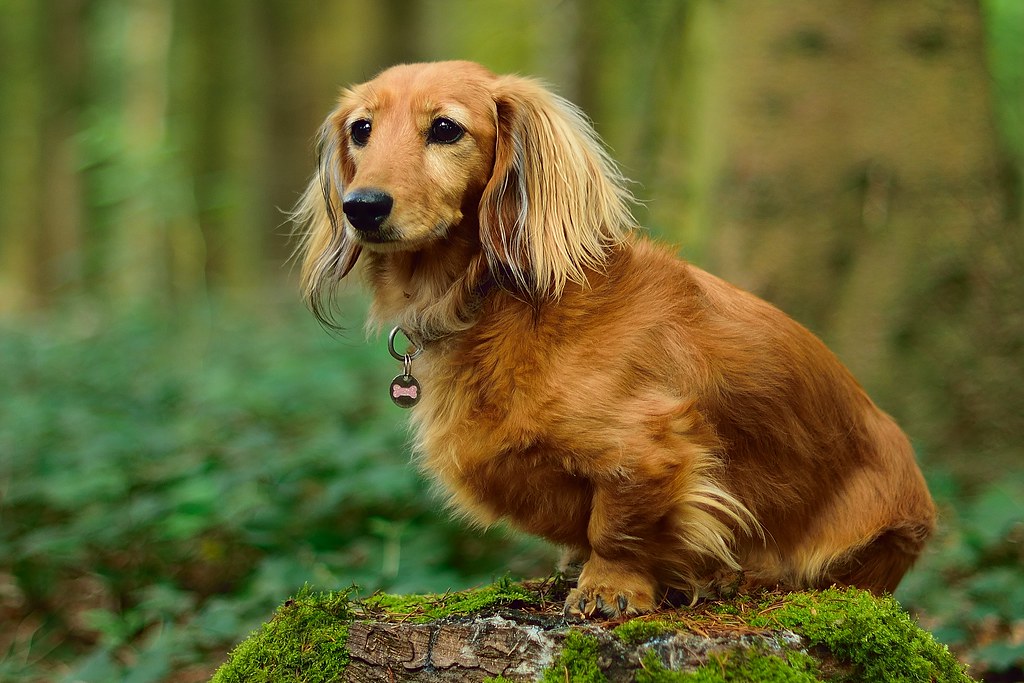
A mutation causes some wild dogs to have extremely short legs like dachshunds. These bush dogs use their unusual body shape to hunt in dense vegetation.
The mutation appeared naturally in South American canines.
Cotton-Candy Grapes
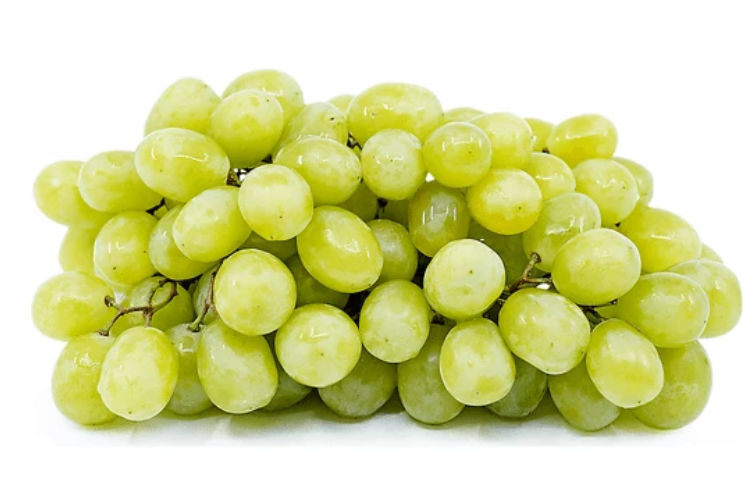
Grape vines sometimes mutate to produce fruit tasting exactly like cotton candy. The mutation changes how sugar compounds develop in the fruit.
These grapes are completely natural, without artificial flavoring.
Like Go2Tutors’s content? Follow us on MSN.
Walking Fish
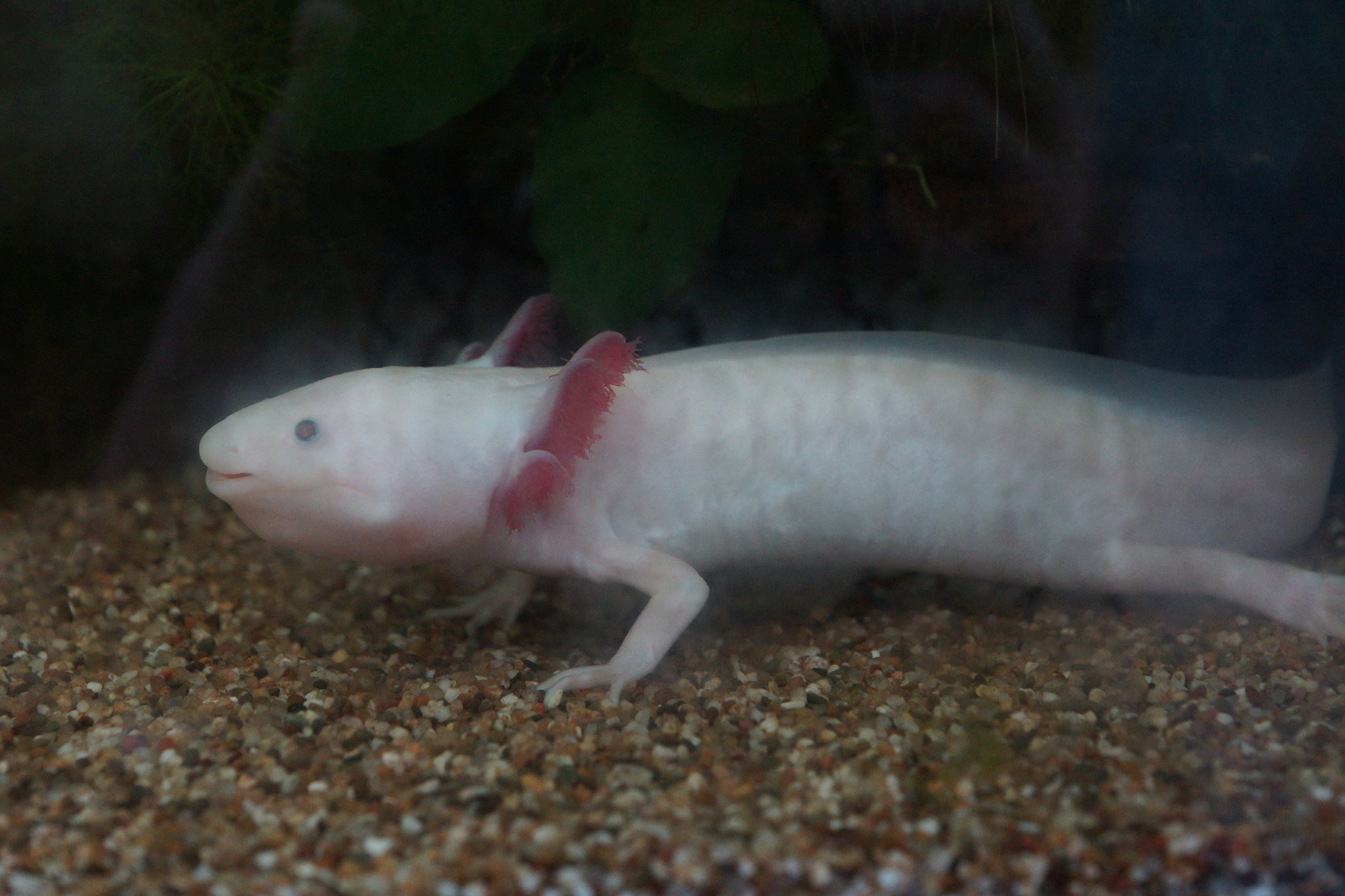
Some fish developed mutations, allowing them to breathe air and walk on land. These snakehead fish can survive for days out of water.
Their modified fins let them crawl across dry ground to find new water sources.
Rainbow Corn
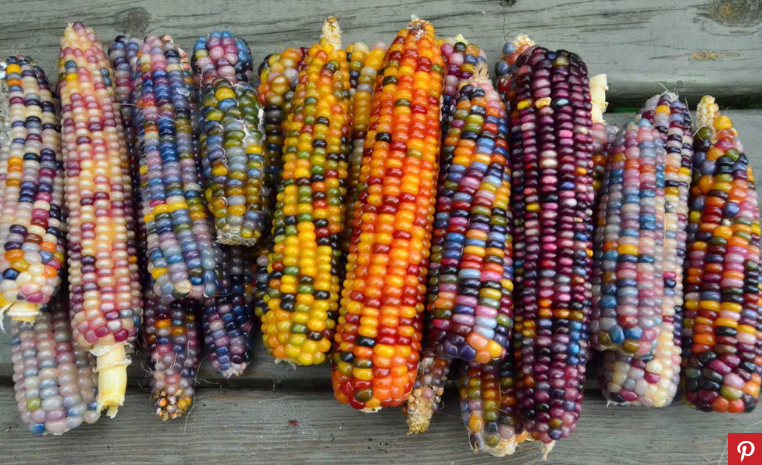
Glass Gem corn carries mutations, creating kernels in every color imaginable. Each kernel can show different colors on the same cob.
This mutation affects how the corn produces and stores pigments.
Peacock Mantis Shrimp
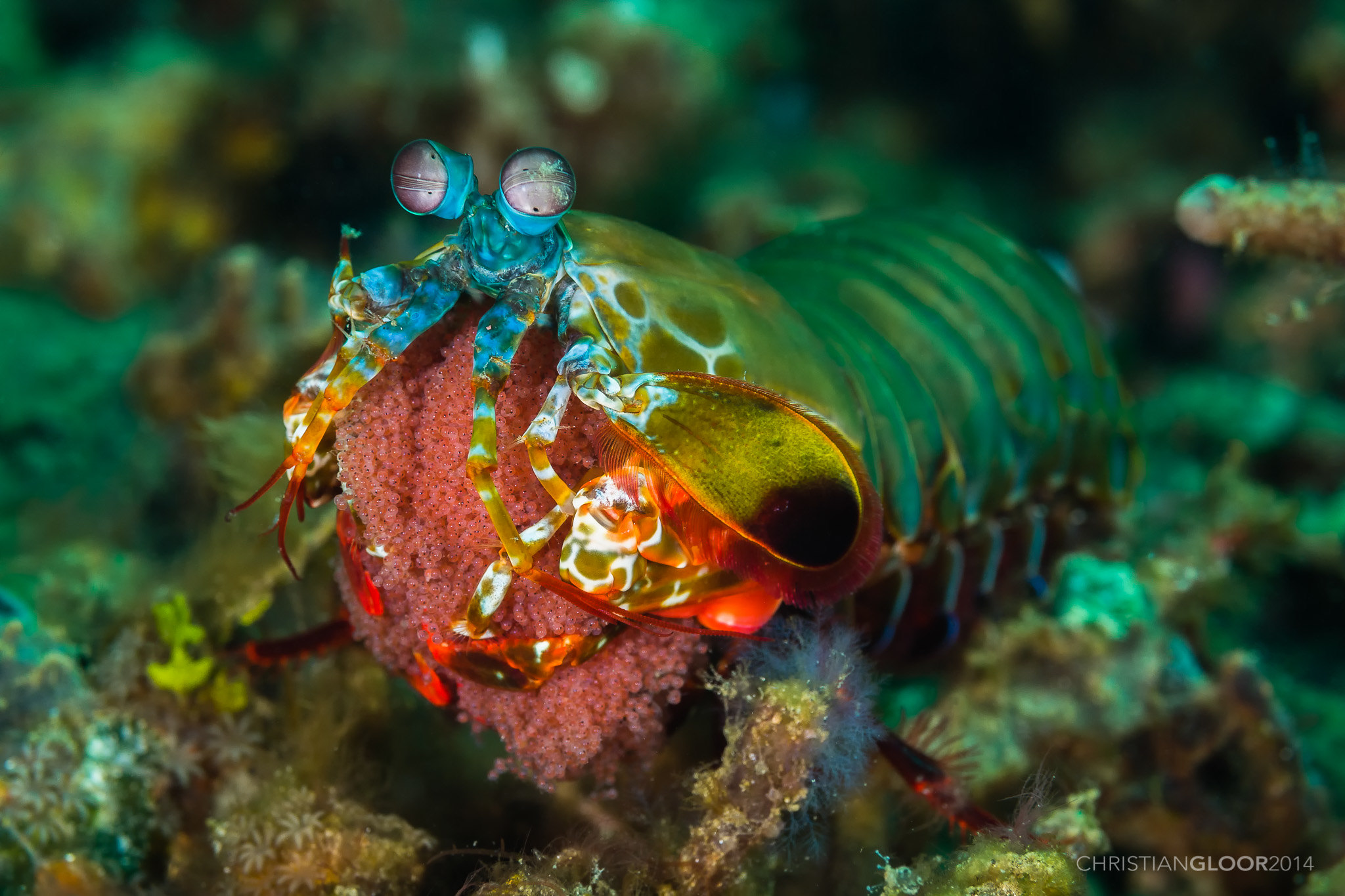
A mutation gives these shrimp extra color-sensing proteins in their eyes. They can see twelve primary colors compared to our three.
Their enhanced vision helps them spot prey and communicate with other shrimp.
Like Go2Tutors’s content? Follow us on MSN.
Nature’s Living Laboratory
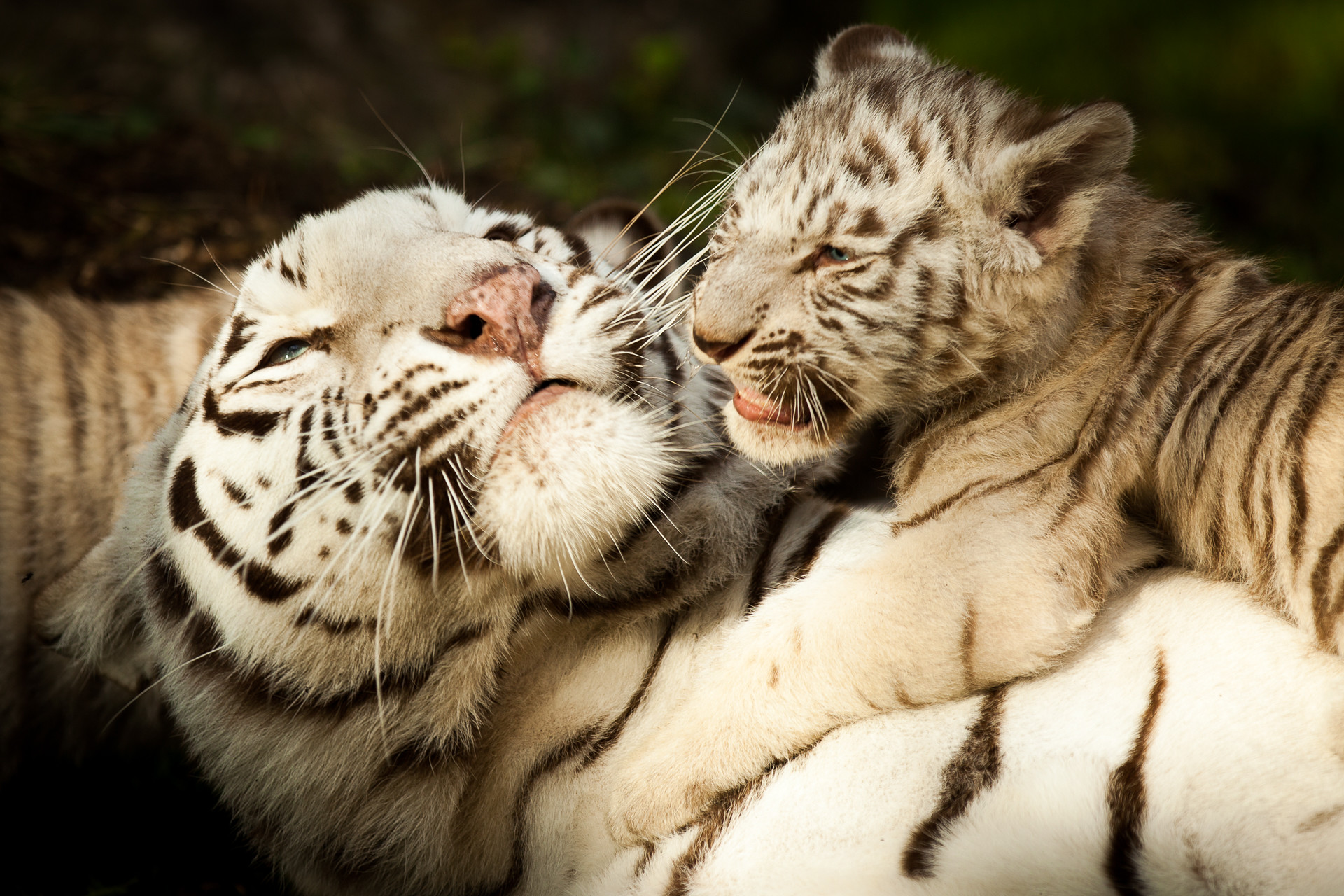
These mutations remind us that nature constantly experiments with new possibilities. What seems impossible today might become tomorrow’s normal through the power of genetic variation.
Each of these creatures shows how small changes in DNA can create extraordinary results. They prove that reality often outshines the strangest science fiction, making our natural world even more amazing than we imagine.
More from Go2Tutors!

- 15 Unforgettable Candy Bars From The 60s and 70’s That Disappeared Too Soon
- 15 Myths About Famous Historical Figures That Aren’t True
- Famous Battles: How Much Do You Really Know About U.S. History?
- 20 Historical Artifacts That Scientists Can’t Explain
- 15 Little-Known Facts About Famous Historical Events
Like Go2Tutors’s content? Follow us on MSN.
